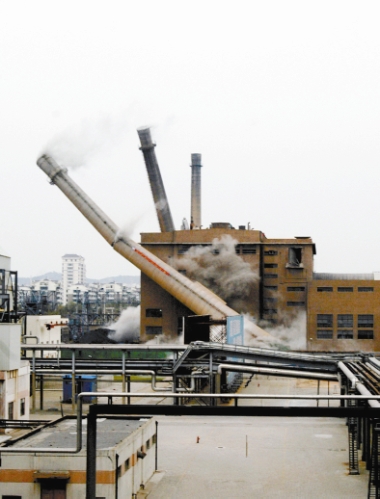
QINGDAO has taken the lead in energy saving and emissions reduction on the mainland.
The city targets a 22 percent decrease in energy consumption per 10,000 yuan of GDP this year over 2005 figures, 2 percent higher than the national target.
Compared with 2005, the city aimed for an 18-percent decrease in oxygen demand and at least a 26-percent reduction in sulfur dioxide emissions.
Since 2006, Qingdao has implemented a package of measures to reduce pollutant emissions. The city government has spent 3.7 billion yuan on 250 projects to reduce pollutant emissions, 160 of which were aimed at reducing sulfur dioxide emissions.
By the end of last year, desulphurization equipment had been installed at coal-fired generating units with an installed capacity of 3.7 million kilowatts.
The intensity of sulfure dioxide emissions saw a 60 percent decrease from 5.77 kilograms per 10,000 yuan of GDP in 2005 to 2.32 kilograms per 10,000 yuan of GDP in 2009, according to the city’s environmental protection bureau.
The city has started 90 projects reducing oxygen demand in the past five years, built, renovated and expanded 17 sewage treatment plants.
The city is capable of treating 1.32 million tons of sewage each day, considerably more than the 590,000 tons per day in 2005.
The city’s sewage treatment rate has grown from 63 percent in 2006 to 85 percent.
In the past five year, Qingdao has closed 10 chemical and textile printing and dying enterprises with heavy pollutant emissions as well as eight production lines for pesticides and paper.
(Li Hao, Zhou Jianliang)
|

